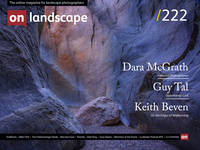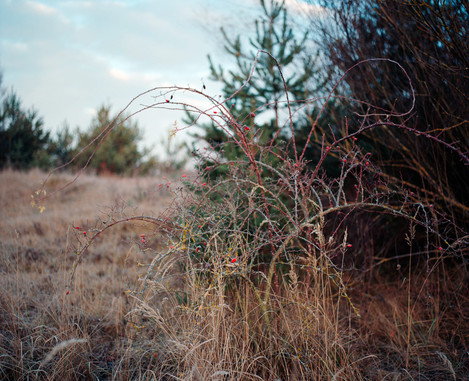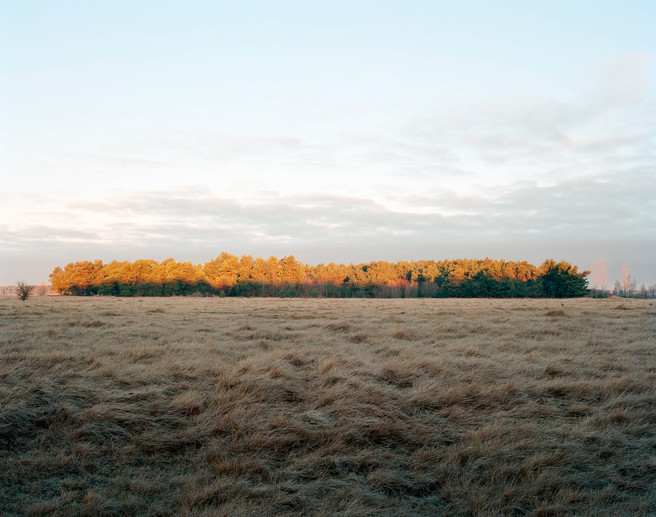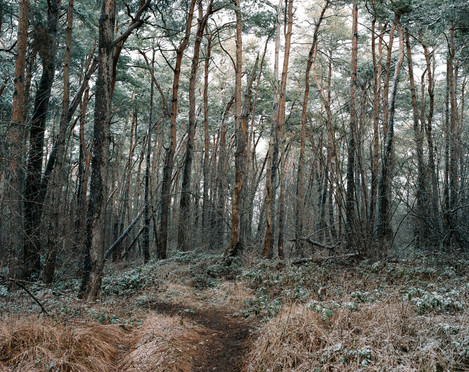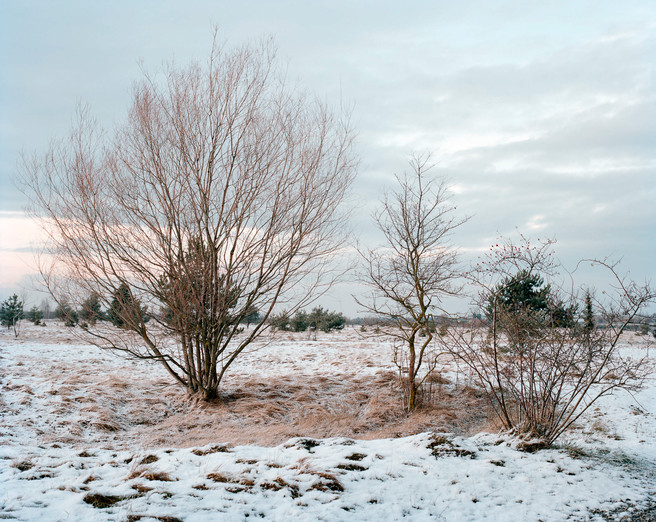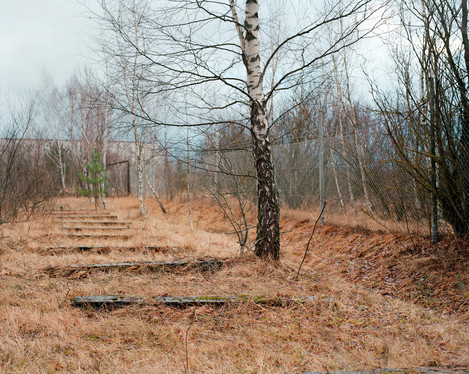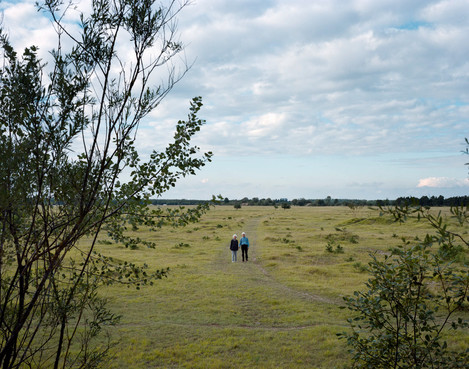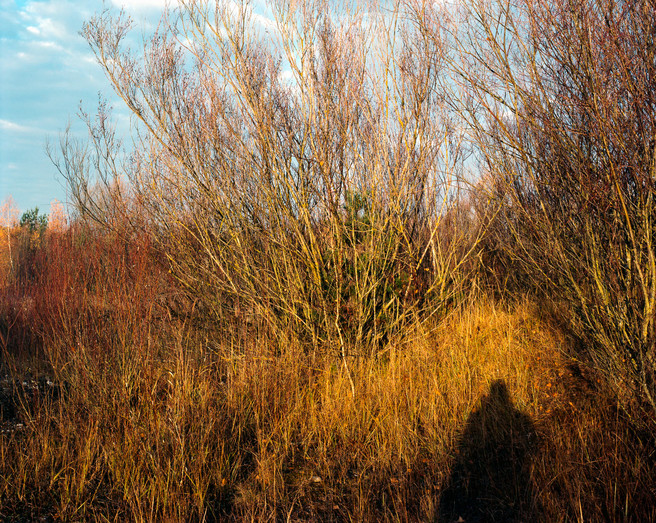A constant dialogue between nature and humanity

Marcelo Fiuza
Marcelo Fiuza was born in 1987, Friedrichshafen. From 2009 to 2012 he studied Art History and Philosophy at the Ludwig-Maximilians University of Munich and subsequently completed an MA in Photography at Plymouth University, under the tutelage of professor Jem Southam. He currently lives and works in Munich, where he is working on his next projects.
The Fröttmaninger Heide (the heath of Fröttmaning) is a nature reserve located north of Munich’s suburbia, right next to the famous Allianz Arena. It’s one of the largest grass-heaths of Europe. The area has a long history with the oldest archaeological date traced back to 4000 b.c.; Bronze age tumuli and roman sacrificial sites are still visible in the landscape to this date. In the middle ages the landscape was intensively used and with that, the forest that existed there beforehand had to make way for a heath. Between the 18th and 19th century the area was reforested with pine trees. It was also at that time that mineral fertiliser was introduced and most of the vast heath landscapes around the Fröttmaninger Heide (around 15.000 hectares) were transformed to farmlands.
The Fröttmaninger Heide continued to exist as a royal game reserve and as a military training site for the Bavarian army. During World War 2 ammunition was produced on this site and military aircrafts were launched there. The area was hence heavily bombarded. After the war the Fröttmaninger Heide was used again as a training site for the American and German army until the late 80s. In 2016 the Fröttmaninger Heide became a natural reserve.
The area piqued my interest for the first time while I was sitting in the metro on my way to work for a local photographer. Looking out of a train’s window I noticed a relatively vast tundra like landscape. To me it was puzzling how such a “wild” landscape could exist that close to a major city.
Weeks before that moment I had finished a little body of work called “natura naturata”, where I took photographs of manmade landscapes, mainly the parks of Munich, in order to explore the relationship of the locals with their artificial environments. Now I wanted to photograph something more authentic (or so I thought).
On a sunny summer day in 2011, I decided to explore the Fröttmaninger Heide. With my trusted Pentax 67 in my hands, I shot my first rolls of film of this new series. Quite happy with the results I asked some peers what they thought about the pictures. What I got was pretty standard German feedback of which the most memorable passages were: “It looks a bit like Robert Adams… in bad light!”, “The colours are way too harsh” plus “you should get up earlier so you can catch the morning light”. The last bit of advice turned out to be quite valuable. For an entire year I tried to be there every two weeks in the morning to catch the first light of the day.
It was a very immersive experience as each step on the terrain decides with what kind of pictures you will take home. Already the decision to enter the area involved a complex and intuitive decision-making process. The metro station is right in-between the alliance arena and the heath. Once you exit the station, probably a bit sleepy as it is still early in the morning you first have to go down a steep hill to enter the area.
What makes the Fröttmaninger Heide so fascinating is that it is very diverse in plants and trees. Roughly, you can divide the area by 4 types of landscapes: pine woods, mixed oak forests, gravel and grass heaths.
When I set out to take pictures there, I didn’t have a distinct plan or project in mind. My aim was quite simple; to show somehow the diversity and richness of this landscape and how everything changes throughout the seasons.
After having visited the area around 3 or 4 times, thus gaining a fairly well overview, I split the area mentally in parts that I had found particularly interesting. The following trips to the heath were aimed each time directly at one of these sites. Mostly I would enter a location as early as possible and take pictures there for about two hours until the sun was too high and the light too harsh. Rarely the first and the last picture of such a trip were made more than 300 metres apart from each other. As a consequence of that procedure, I could create with each trip a very homogenous series of pictures, most often consisting of 2 exposed rolls of film.
Thinking about it now, I have to admit that I have probably divided the landscape in parts that were quite similar to the design of the creators of this military training ground in order to provide the soldiers with very different fighting experiences.
One time you would see on my contact prints pictures that seemed as if they were taken in the depth of an ancient forest. Next time there were pictures exclusively of a far and flat heath. Then of bushes, of military training facilities and so on. To me, the Fröttmaninger Heide resembles a bit of The Zone from Tarkovsky’s film Stalker. Each step you make, each direction you take will change the entire experience. Add to this the dreamy mood that the morning light can put you in and you can feel how the landscape around you changes drastically with each hour that the sun rises. Though my motives were still, there was never really a lot of time to set up the camera. Most often I had my camera already planted on my shouldered tripod as I wanted to be as ready as possible. As you all know one has to be quite alert to take landscape photographs.
The reason for the immersive experience and the sensation of crossing different landscapes (even countries or continents) at one time is in fact quite simple. The 334 hectares small area boasts a large variety of different plants (around 352 different species), trees and a multitude of terrains. It also boasts a diversity of different military terrains (bunkers, defensive walls and so). All of this leads to a very intense and particular feel.
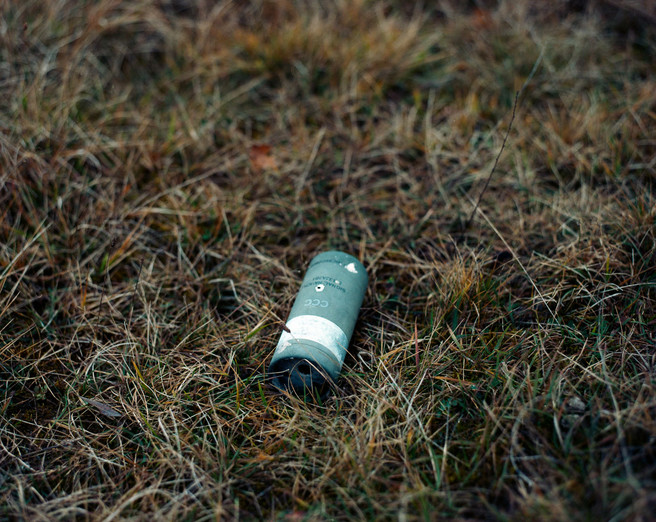
At one moment you feel as if you were just deep in nature only to step onto an old military smog grenade.
And this is what fascinates me. There is a constant dialogue between nature and humanity, a constant shift between two worlds that are separated yet together in an odd way. This landscape permanently asks the question what an authentic landscape is on a philosophical level. As one has this sensation of authenticity the facts quite simply counter this intuition as this landscape has been shaped quite intensively over the course of the past six thousand years and the process is still going on; the organizations that helped the area to become a natural preserve changed the surface of the area to what they think an untouched landscape should look like. And to such an extent that there are areas that I do not recognise anymore today.
The series was never officially finished. It came quite naturally to an end when I moved to England to study landscape photography under the tutelage of Jem Southam.
Over the past years I have taken some new pictures there. But not only has the Heide changed. My style of photography has changed too over the past years. Perhaps I will have to start a new series at some point.
The series was exhibited 2017 at the EMOP as part of a group exhibition called “Longing for Landscape. Photography in the time of Anthropocene”. The show revolves around the idea, that for the first time in history the surface of the earth is shaped more through the deeds of mankind than through geological activities. In all of the presented landscapes one can sense human activity (gardening, tourism, fracking etc.). It is as if nature has ceased to exist for its own, rather it is used or exploited as man wills it. My series resonates with the general theme of the show because it shows the dilemma of a nature reserve that wants to protect the diversity and authenticity of a landscape though in fact this landscape that they deem worth protecting still resembles what the military landscape architects intended it to be.
The show was a great opportunity to show my work with my colleagues from Plymouth University alongside well known established international photographers.

